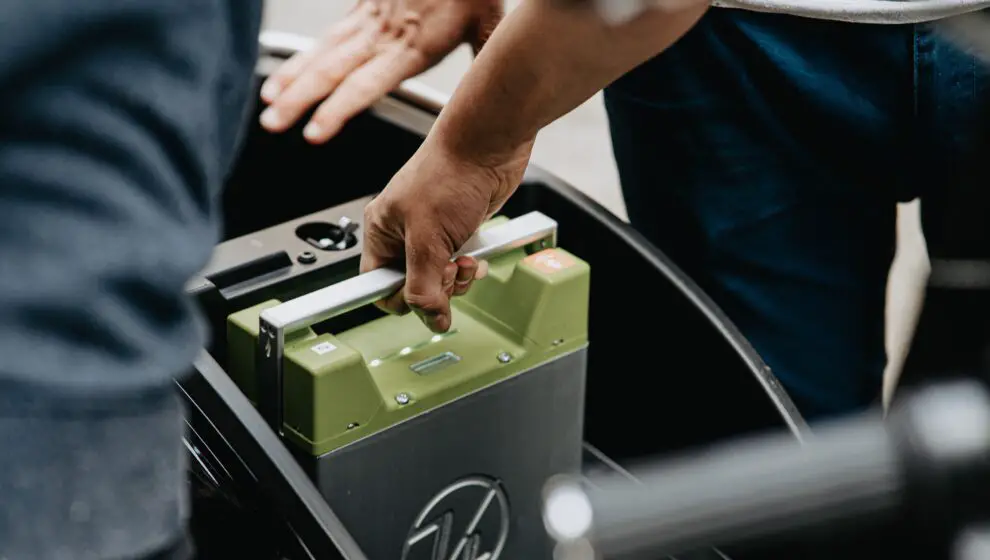Analysts are predicting that global demand for electric vehicles (EVs) will create a deficit between supply and demand by the end of the decade.
Key Details
- Capital market company Fitch Solution’s research unit BMI predicts in a recent report that increasing lithium demand will see a deficit within two years.
- It attributes this to limited growth in China’s lithium supply, currently set to grow 6% by 2032. This level of growth will satiate roughly one-third of the growing demand of 20.4% growth.
- The World Economic Forum projects demand of 3 million metric tons of lithium per year by 2030, while global lithium production only measured at 540,000 metric tons in 2021, CNBC notes.
- The Deutsche Bank predicts a 40,000 to 60,000 tonnes lithium deficit by 2025 and a 768,000 tonnes deficit by 2030.
Why It’s News
The rapid growth and investment of clean energy solutions in the past two years has radically spurred change in the global automotive industry, leading dozens of automotive manufacturers to rush into the EV market and produce lines of low-carbon vehicles. S&P Global Commodity Insights estimates that EV sales will hit 13.8 million by the end of this year and 30 million per year by 2030.
Unfortunately, the process has already bogged down due to companies struggling to secure adequate supply chains for raw materials. Sizable companies like Tesla have claimed that delays in its upcoming cars like the Cybertruck are partially attributable to issues with sourcing materials necessary for battery components.
Alternative Perspective
However, analysts are not in universal agreement about the size of the problem. Many believe that the deficit is an overstated issue. Rystad Energy Vice President Susan Zou tells CNBC that global lithium mining is rapidly increasing. She expects it to increase 30% in 2023 and 40% in 2024 as the number of mines increases and global efforts to meet demand gradually increase the supply.
“In the next couple of years, though the lithium supply may stay adequate at a world level, regional supply imbalance is still inevitable. The global battery supply chain may find lithium in shortfall again approaching the end of this decade when the supply growth might not keep pace with that of the demand,” she says.

